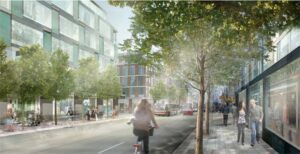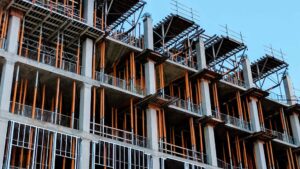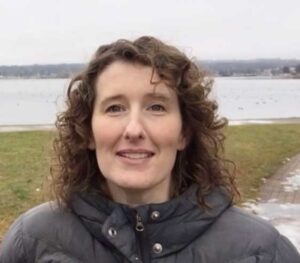
Cars: Issue Brief
When something is as integral to our lives as cars are, their normality tends to conceal their impact, and how, in reality, they aren’t normal at all. And to the extent this cover obscures that impact, it is difficult both to understand their outsized role, and to imagine a world in which that role is far less.










